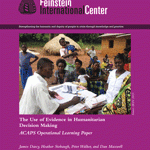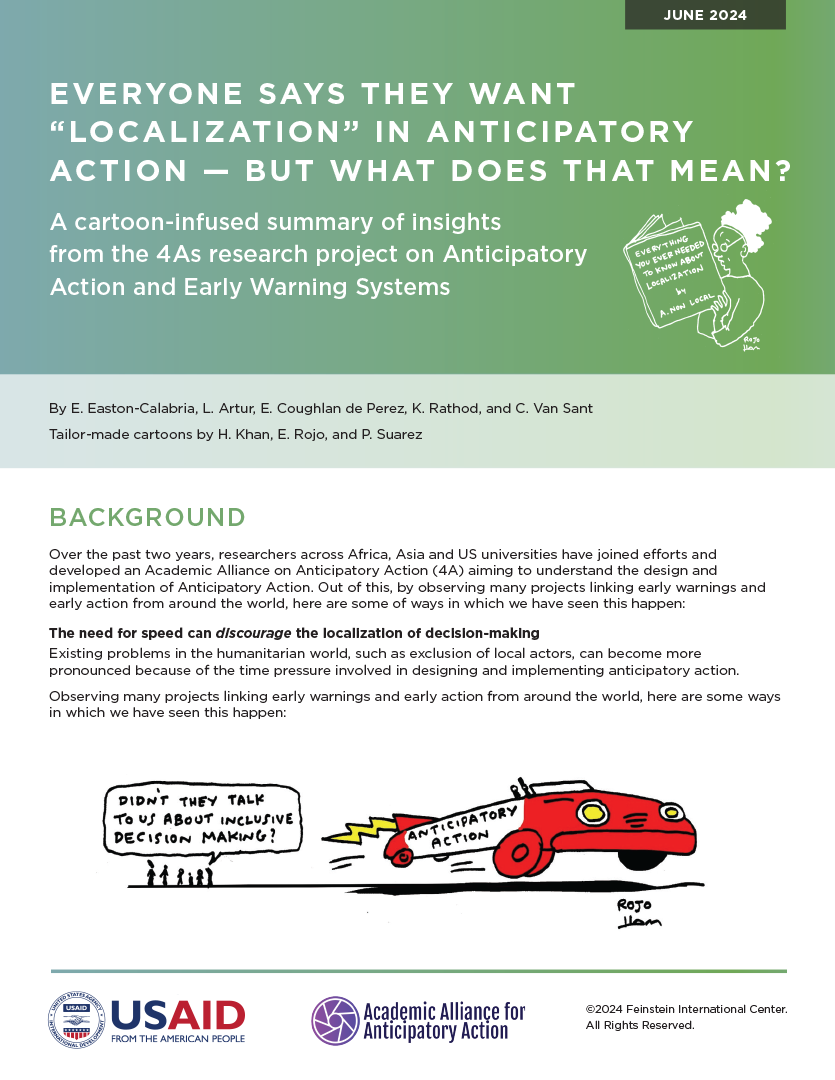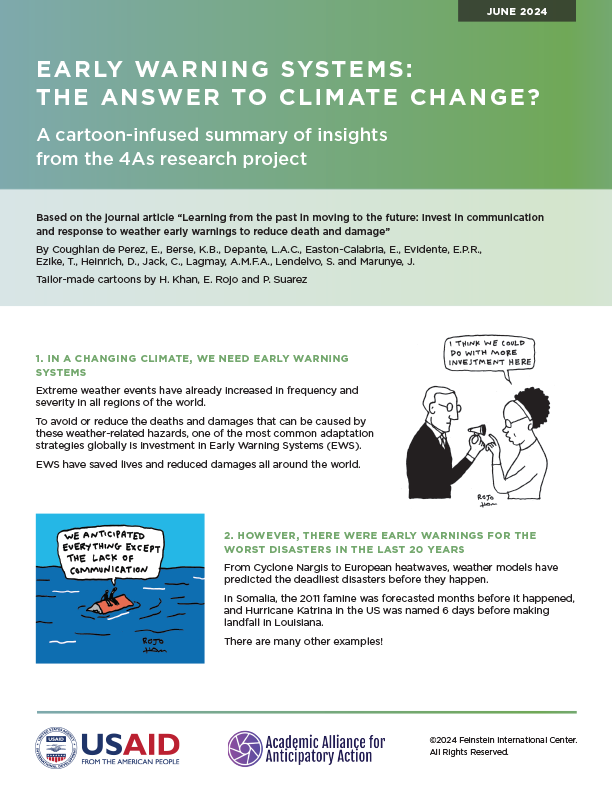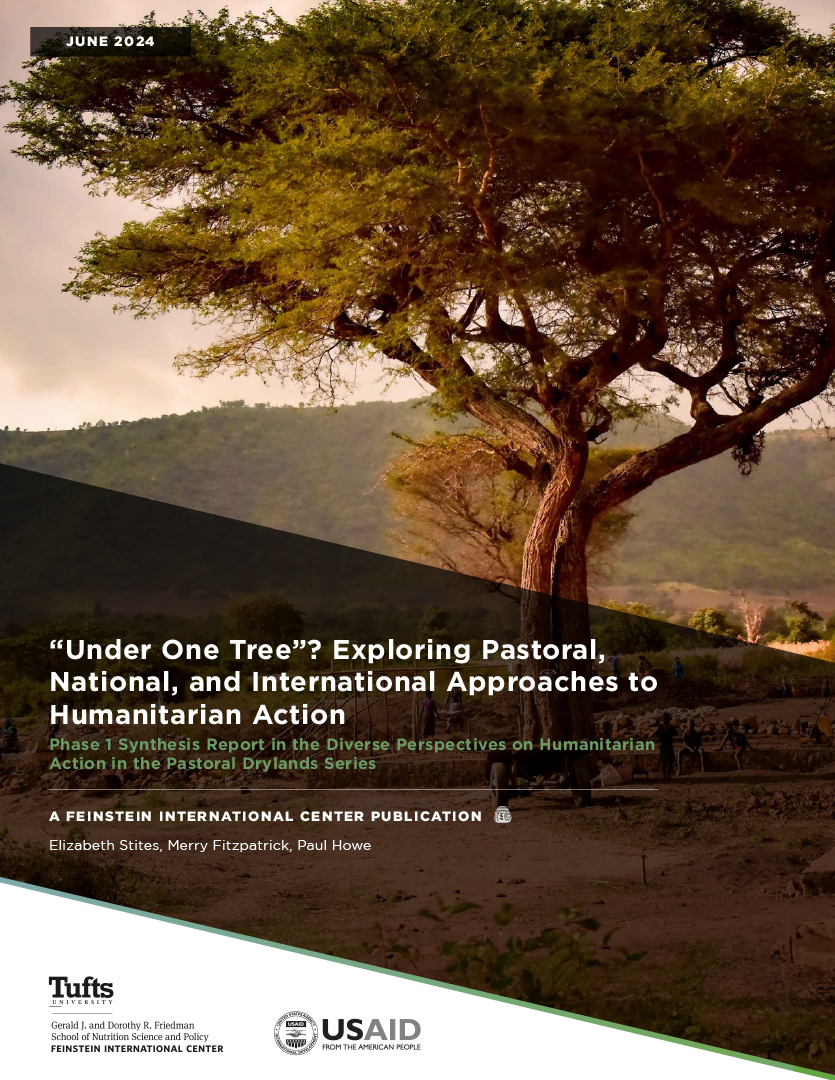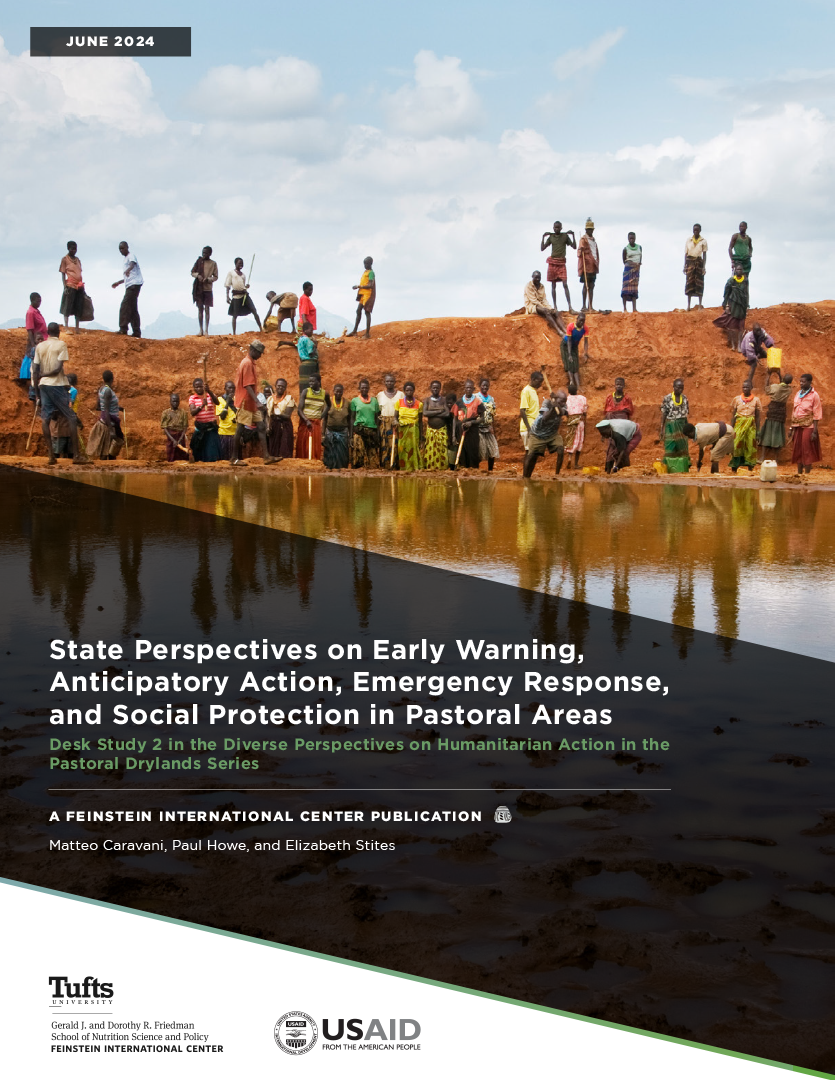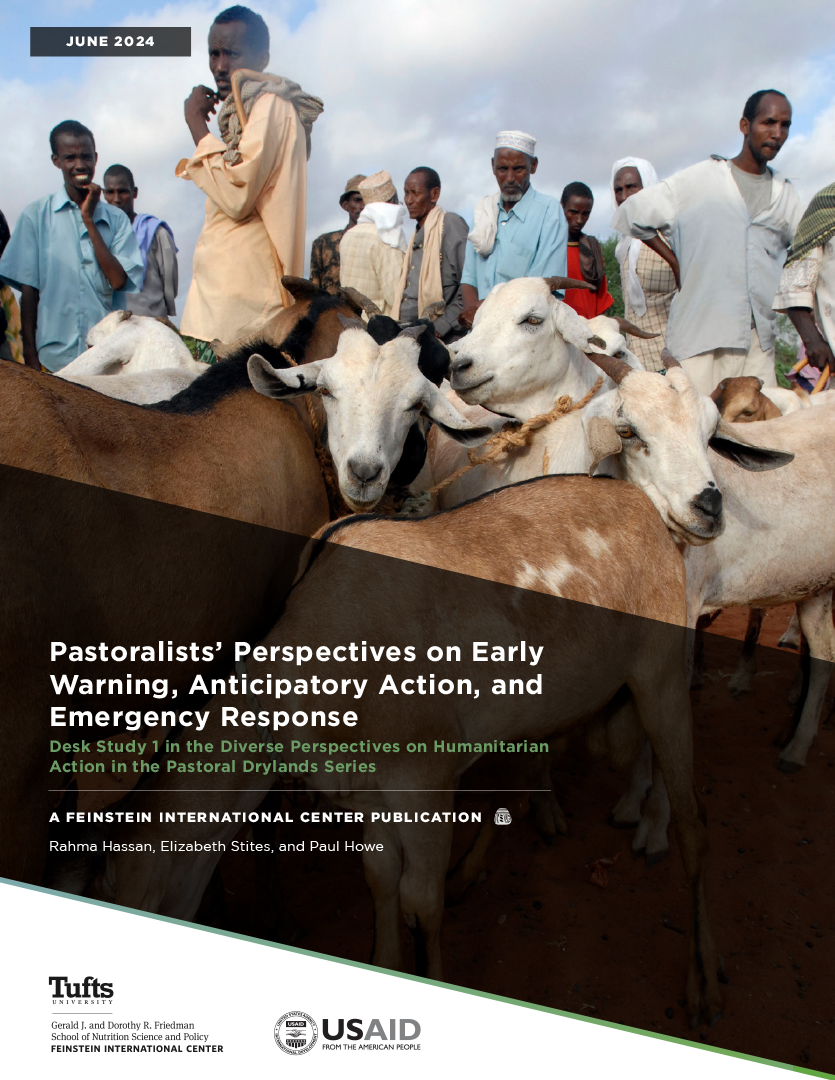This paper reports the results of a study undertaken during 2012 by Tufts University for the Assessment Capacities Project (ACAPS), as part of the latter’s “Operational Learning” strand of work. This study is designed to complement the work of ACAPS on strengthening needs assessment by addressing the question of how assessments and other sources of information and analysis are used by humanitarian decision makers. The study is based on a combination of literature review, case studies, and key informant interviews.
The pressure to demonstrate that responses and claims about impact are grounded in evidence has been growing over recent years. Humanitarian donors are increasingly under similar pressures to demonstrate effectiveness and account for impact. This is partly a matter of showing that their decisions regarding policies and programs are well-founded and evidence-based. But, humanitarian contexts are almost by definition ‘‘non-ideal” for gathering data. Decisions often have to be made quickly, sometimes with relatively little access to current information or accurate data. The question about informed decision making may therefore come down to what constitutes a “well enough” informed decision in the circumstances; or what constitutes “good enough” information and analysis on which to base a response. Whatever the quality of information, no assumption can be made that the increased availability of good information and analysis will in itself result in better informed decisions. In reviewing the way decisions are made in practice, the study considers the ways in which such information is used (or not) at different points in the process, which varies across different kinds of decisions in different contexts.
The study is based around three main questions. First, how do decision makers in the humanitarian sector currently use information and analysis? Second, what factors, other than information and analysis, are influential in making decisions? Third, what would enable better-informed response decisions? In order to address these overarching questions, the study looks first at some of the main processes of decision-making in the humanitarian sector and the factors that appear to have most influence on decisions of different kinds. It goes on to look at the way information and analysis is currently generated in the humanitarian sector—both through formal and informal means—and related questions of relevance and credibility. These two topics are then brought together in addressing the question of the use of information by decision makers, and what might enable more informed and evidence-based response decisions.

